This text is imported from the Künstlerinnenpreis website blog, where it was published a few days ago. I post it here as a means of redistribution, and as a test of the “import” feature on Mirror. Enjoy!
In mid June 2021, Sotheby’s London announced that it would be auctioning off an NFT of the original source code for the World Wide Web, written by Sir Tim Berners-Lee between 3 October 1990 and 24 August 1991, when he was a researcher at CERN, Geneve, and later released as open source software. Appropriately labeled “This Changed Everything”, the auction offers a time-stamped archive of the World Wide Web source code accompanied by an animated visualization of the code being written, a graphic representation of the full code and a “Readme” file written by Berners-Lee in 2021 in the form of a letter. All these contents are provided with a cryptographic hash, uploaded to the internet and associated to a unique NFT, a “non fungible token” recorded on the Ethereum blockchain and regulated by a smart contract. The uniqueness of the NFT guarantees for the uniqueness and authenticity of the associated files, while the smart contract controls and regulates the transfer of the property rights to a new owner (and to all future owners as well).
With bidding starting at $1,000, the auction closed on June 30, 2021, when the lot sold at 5.434.500 USD to a (so far) anonymous collector. Traditional auction houses have not yet embraced the transparence of the blockchain, where every transaction can be tracked down, but cryptocurrency payments where allowed, and according to the press, half of the bidders were new to Sotheby’s, so we can easily say what happened: a bunch of wealthy collectors – most likely, crypto collectors – participated in the auction, excited to engage in a transaction with the father of the Web, and to become the owners of the code that “changed everything”, and that ultimately shaped the online, distributed environment that made blockchains and cryptocurrencies possible. Typically, there were a flurry of bids in the closing 15 minutes, with the winning bid scored in the very last, convulsive seconds. The sale benefited initiatives that Sir Tim and Lady Berners-Lee support, and the original code of the World Wide Web started a new life as something that can be privately owned, while staying open and publicly accessible at the same time.
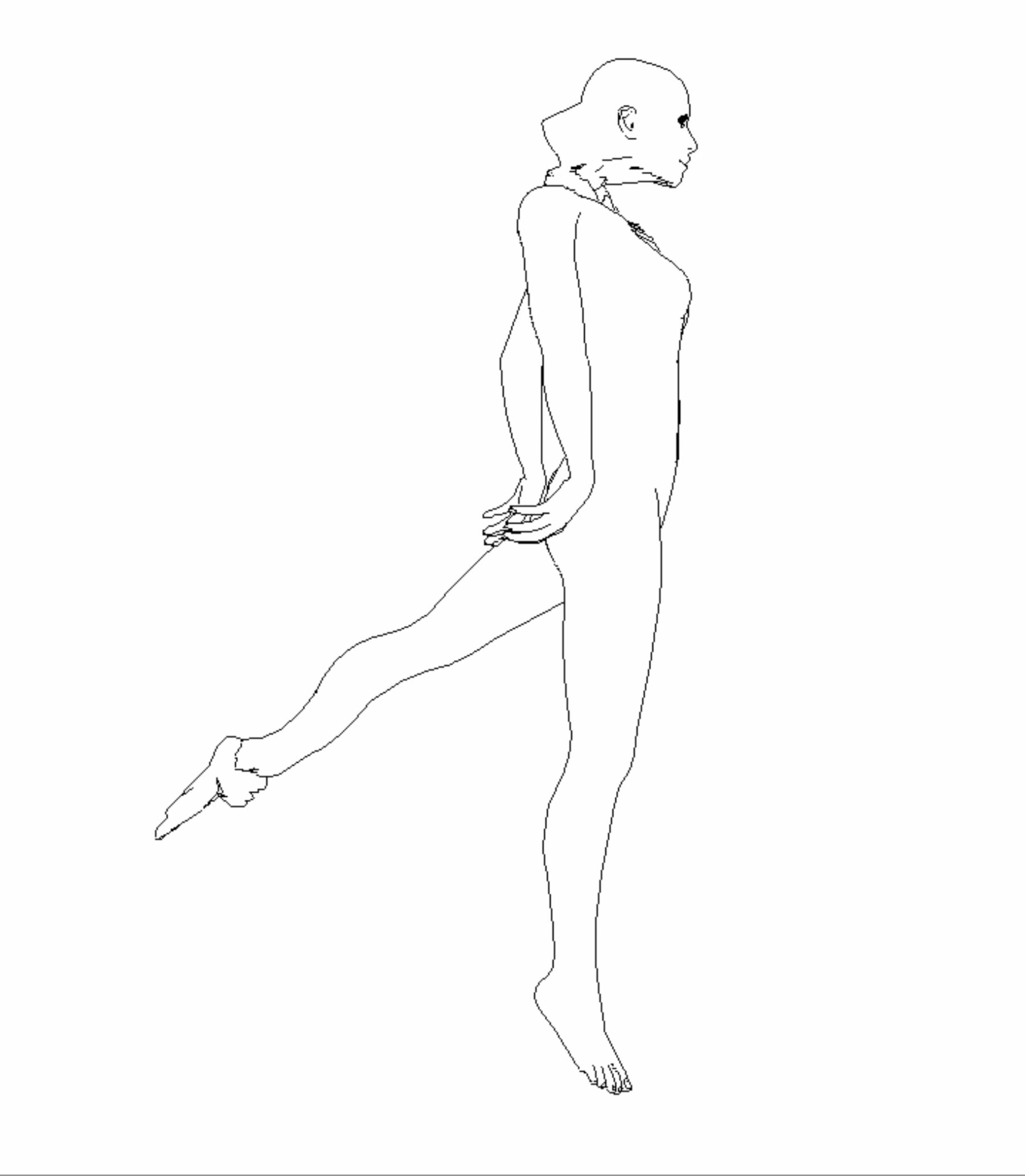
“NFTs, be they artworks or a digital artifact like this, are the latest playful creations in this realm, and the most appropriate means of ownership that exists. They are the ideal way to package the origins behind the web.” Sir Tim Berners-Lee, 2021 (1)
The World Wide Web was a landmark, game changing technology, that caused a paradigm shift providing easy, worldwide access to an already existing infrastructure (the internet) and connecting increasing amounts of information and data. It’s hard to say, at the moment, whether this auction will “change everything” as well; if it will go unnoticed or it will be perceived as just another communication stunt; if it will be downgraded to a crowdfunding campaign, or historicised as the moment in which the Web stopped to be free. (2)
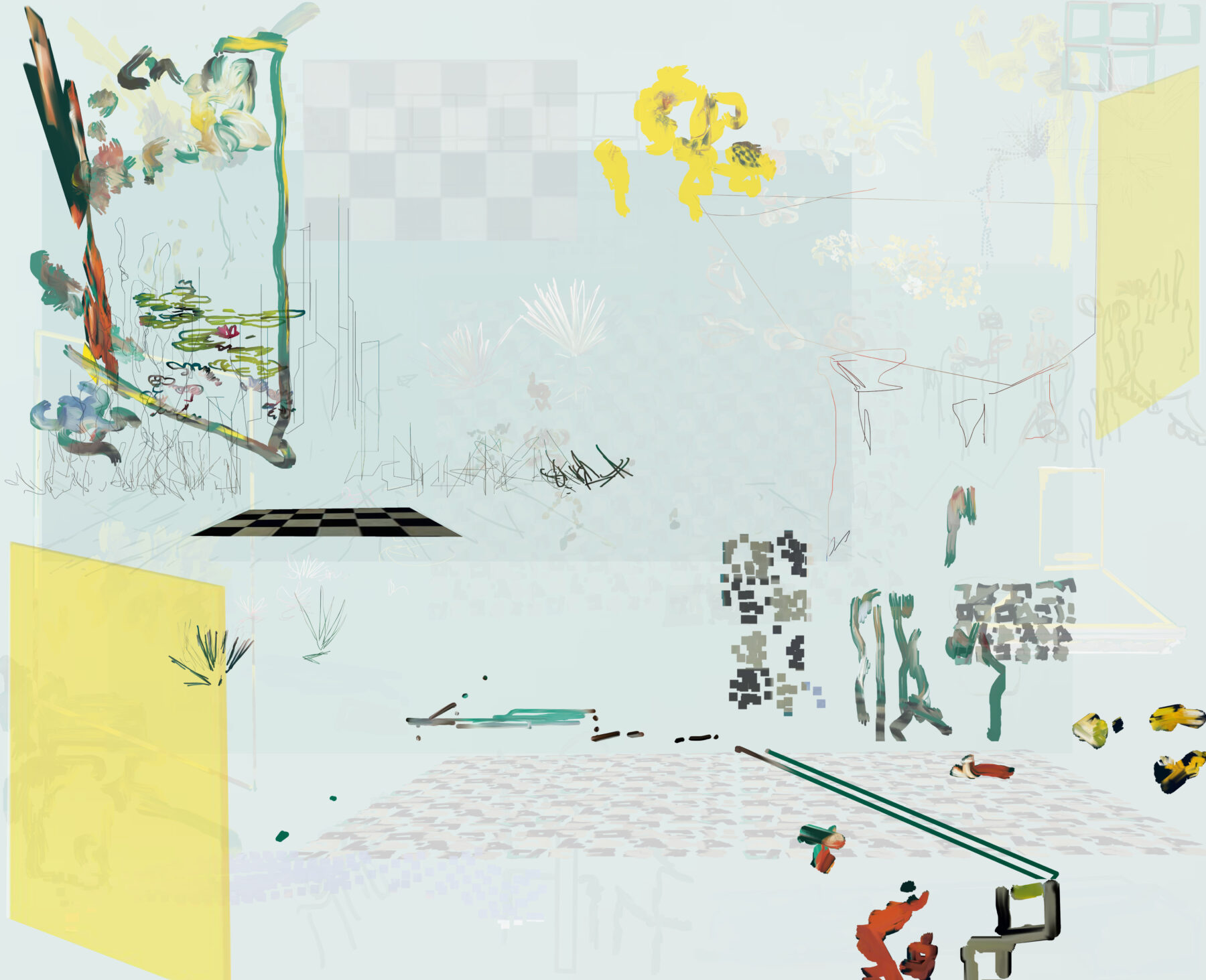
Personally, I can’t but look at it as a relevant event, a new step in the NFT craze of this early 2021, at least on a symbolic level. The craze – started when Christie’s set on auction Everydays. The First 5000 Days by American illustrator Beeple, and sold it for more than 69 million dollars in March 2021 (3) – has been mostly guided, so far, by interests: the interested investment of wealthy crypto owners who wanted to demonstrate how certified digital scarcity can be crafted on the blockchain, and wanted to attract new crowds of creators and investors in the field; and the interested investment of auction houses, who wanted to open up a new market and attract huge amounts of cryptocurrency that could only be invested, so far, in other cryptocurrency and that can now be used to buy art and promote oneself as a visionary patron. (4)
Both investments paid off, and turned NFTs into a legitimate market attracting many kinds of players: artists, curators, collectors, even art galleries, which – although worried by the main online marketplaces’ promise to remove any intermediation between creators and buyers, believe in NFTs as a system of certification, and are setting up their own channels and marketplaces, trying to restore their role in the chain.
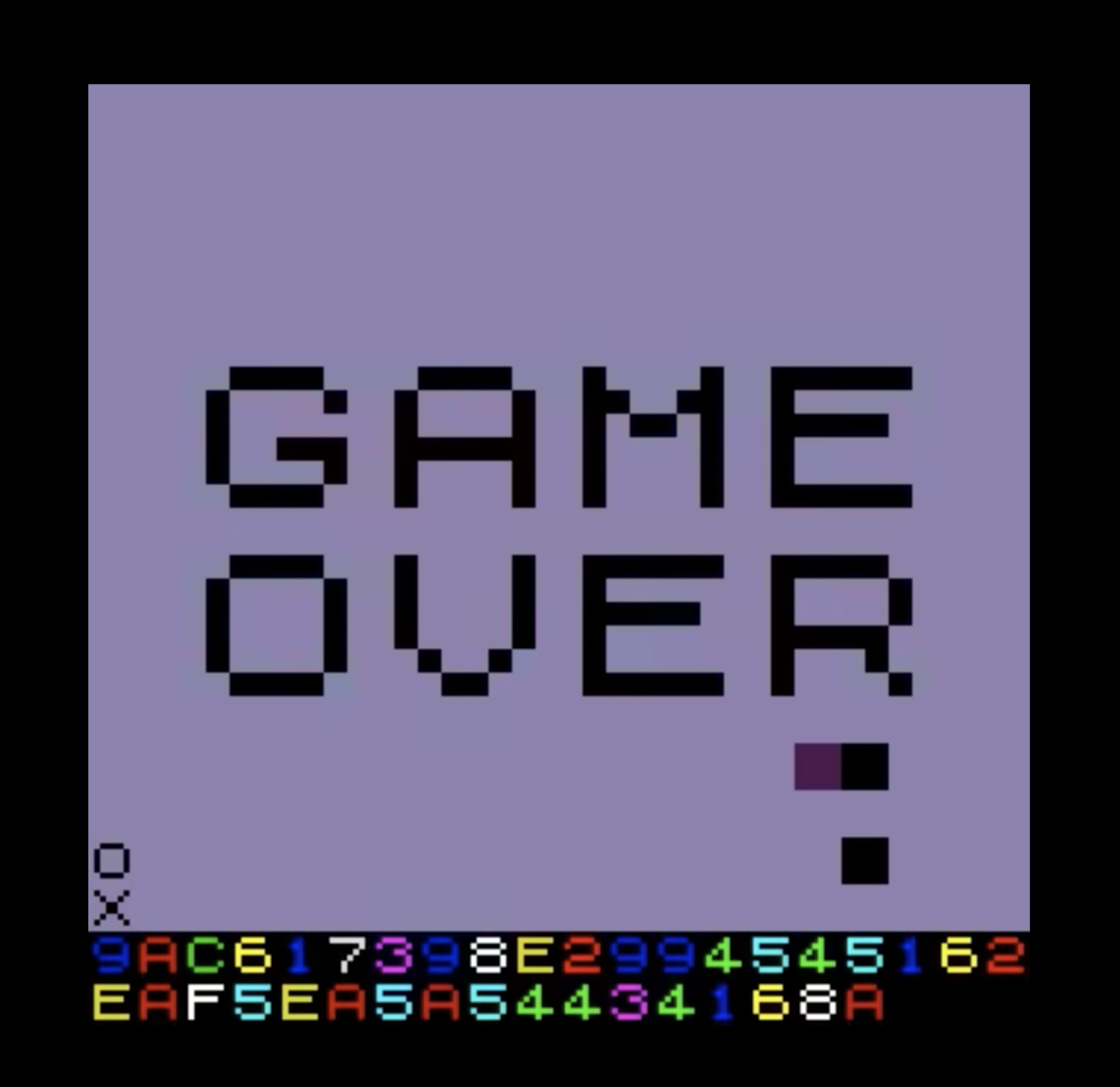
Whatever one may think about NFTs as a speculative bubble and a technological hype – even if one believes that the bubble already burst and that we ended up in the Trough of Disillusionment of the hype cycle (5) – we have to admit that artists are keeping entering the crypto space, that online marketplaces are growing, that auction houses are launching new initiatives, and that an increasing number of people believes that NFTs are here to stay; that they are rapidly changing the art world and, more broadly, the very concept of digital ownership.
In this context, Tim Berners-Lee’s gesture – entrusting his beloved and open source invention to the blockchain – as well as his words – defining NFTs “the most appropriate means of ownership that exists” – take on the symbolic meaning of a blessing from the Pope. They mean, literally: “don’t be scared by this innovation, dudes. It might not be perfect yet, but it can get better, and it’s anyway the best continuation of the work I started in the early Nineties, in terms of community, collaboration, decentralization. Get on board! It’s playful, secure, and it’s the future anyhow.”
Joining the NFT (art) market
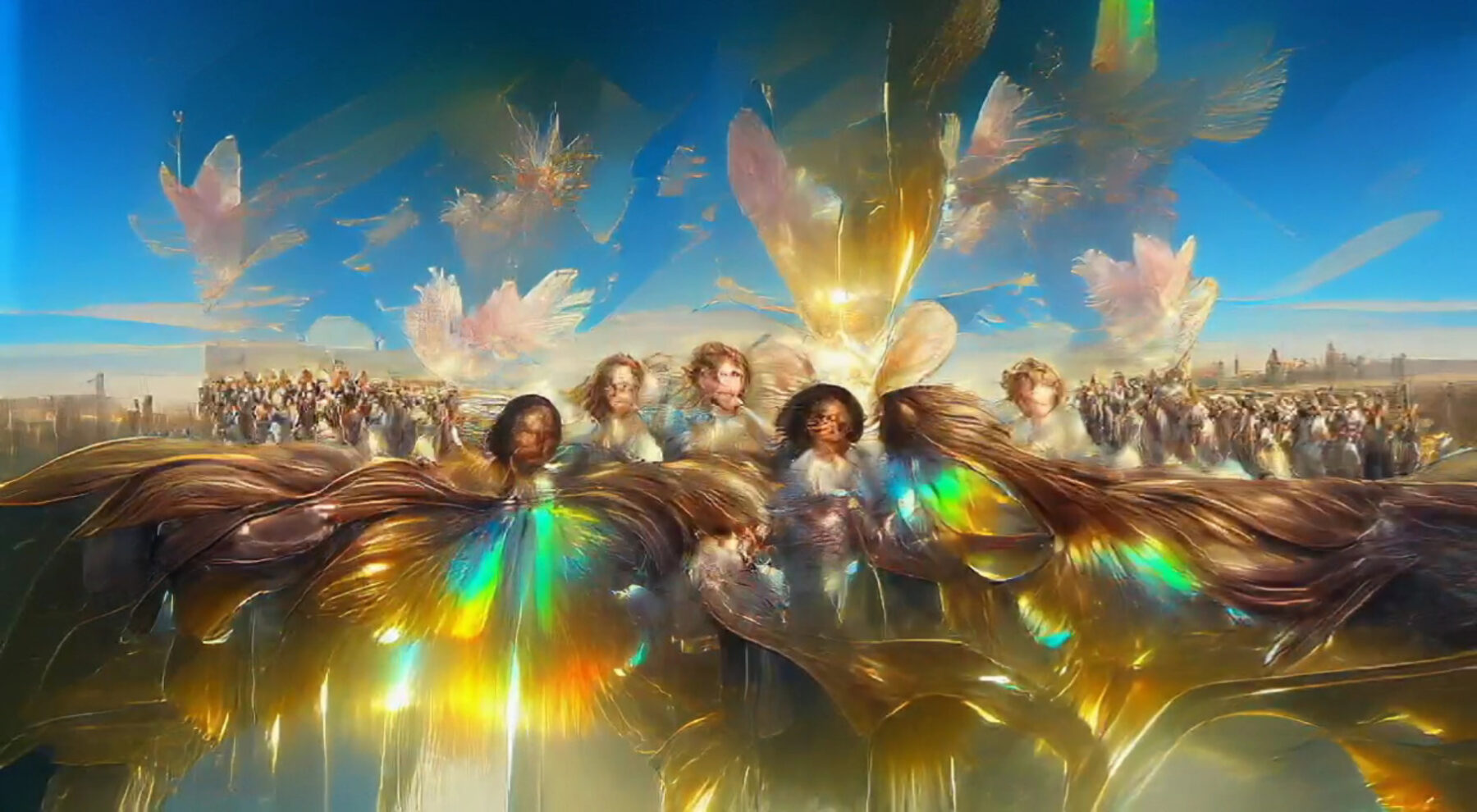
Definitely, this innovation is far from perfect. It would be impossible, in this little piece of writing, to illustrate the technical structure of this system in all its complexity and bring to evidence all the problems it raises, in terms of economic and social barriers, challenges to the existing regulations, ways in which identity, authenticity and property are administered. But let’s try, in brief, to explain what happens when you – a creator of some kind – decide to mint your first NFT and enter this market.
First, you have to set up a crypto wallet and buy some Ether, or another cryptocurrency in case you decide to record (mint) your NFT on one of the many other blockchains that are currently offering the same service. Two things have to be stressed here: first, that in this space your identity is administered through something called a “wallet”; it’s up to you to decide the level of transparency or opacity you want to keep, but besides the profile picture and nickname you choose, on the blockchain any of us becomes a financial entity, represented by possessions and transactions; an opaque entity, that can’t really be distinguished from automated bots, if you want so. Second, in order to participate you need money: which can be easy if you entered this space early on, and invested in crypto when they were very cheap, but can be prohibitively expensive to do today. You might be free to do whatever you want with your work, but this freedom has a price.
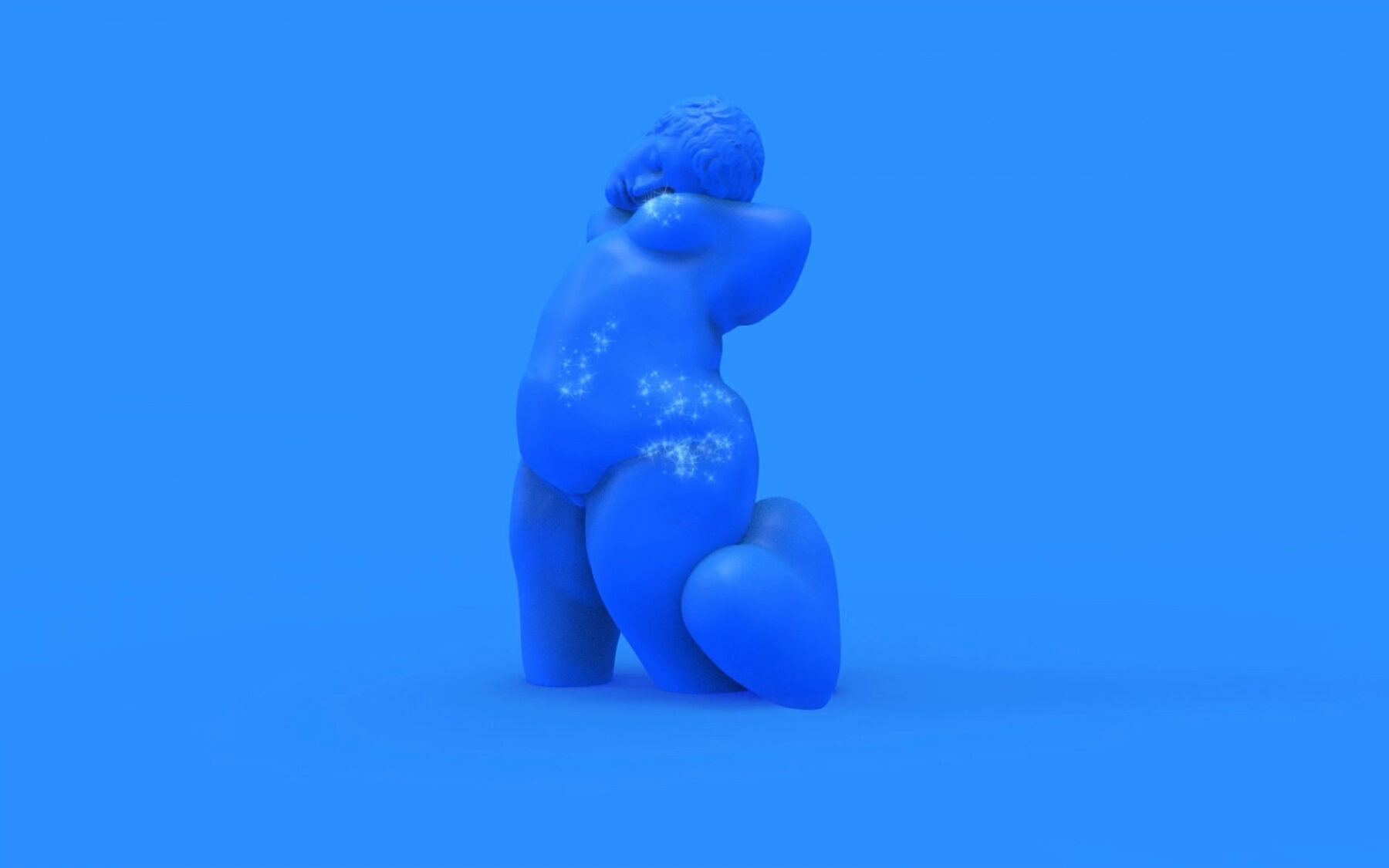
Once you have a crypto wallet, you need to decide where to mint your NFT. If you aren’t invited by an auction house, you will probably choose among the many platforms available. The first NFT marketplaces showed up in 2017, and many others entered this space very recently. Some of them, like OpenSea, are open to anybody; some other can be accessed by invitation, or by application. (6) Open platforms are of course easier to access, yet they are overcrowded. Furthermore, as any kind of digital asset can be associated with an NFT, you have to accept to be set aside to many things that can be framed as “art”, even if they are not, as well as to many things that are explicitly not art: virtual property, in game assets, sports memorabilia. So called “curated” art platforms are more difficult to enter, especially now that they get many requests. And this is where making a kind of art that is more likely to please the gatekeepers, or having a strong social network and good connections inside the platform, may start to count.
Either you go for an open or curated platform, in order to get in you have to log in. Log in is usually done via wallet, and by verifying your identity by posting on an existing social network account (usually Twitter). In most cases, this is enough to start minting; other platforms, such as Foundation, require you to access a “creator” status (which basically means more social networking labor, influential friends, etc.)
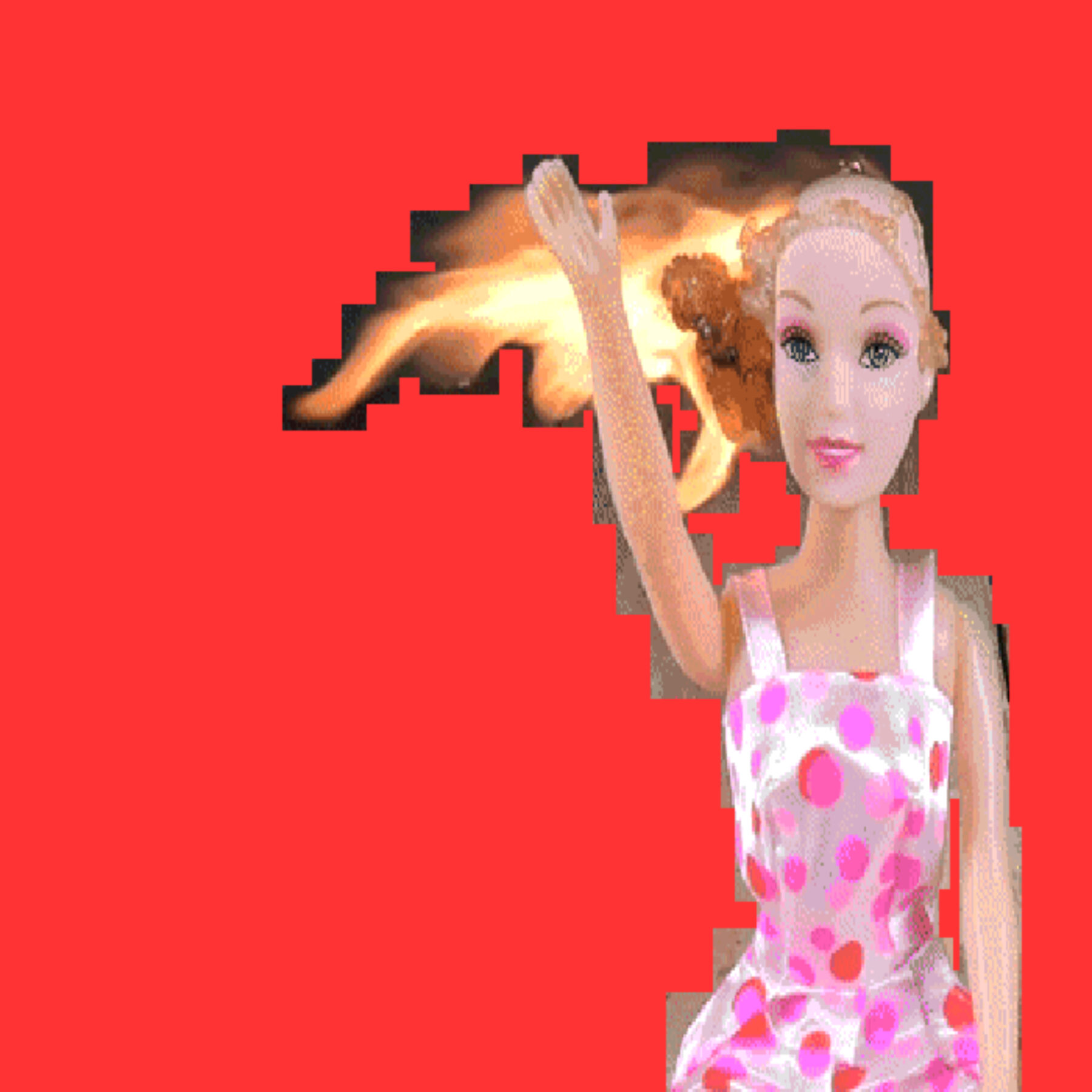
When you are finally ready to mint, you have to upload your digital content somewhere on the internet, and to link it to a “non fungible token” permanently stored on a blockchain. Platforms usually upload contents on IPFS (Inter Planetary File System), a peer to peer network where a file is not identified through a location but via a cryptographic hash, a unique alphanumeric string such as QmUX7pCVzmnC6fBThdTFujLokSj4r38ZDtATcvWi77FFoz, uniquely associated with the file. Then, you have to add metadata, some basic information about the piece (usually the name of the artist, the title of the work, and a few technical information, such as file format and size). Among the main platforms, SuperRare seems to be the only one adding the wallet address of the creator (the only verifiable reference to an identity, although opaque) to the metadata file. The metadata file is associated with a hash, too, and recorded on IPFS. Everybody can freely access and download your content when they know its hash, that is usually available publicly. So, how the hell can one claim ownership of a unique work of art?
Authorship, Ownership, Provenance and Artist’s Rights

Enter NFT and minting. Minting means registering a token on a blockchain. A token is like a coin, but being “non fungible”, it can’t be exchanged with another token with the same value. It’s unique by design, and its ownership and exchange is regulated by a smart contract, that is a contract in the form of code (or, if you like, a software that executes a contract), also running on the blockchain. Minting has a cost (also known as gas fee), that you may afford or not. But when your NFT is minted on the blockchain, you can finally claim ownership of the file you uploaded. This happens because the NFT, which is unique and sits in your wallet, contains the hash of the metadata file, and the metadata file contains the hash of your artwork. When you transfer the NFT to another wallet, you transfer your ownership rights to another owner. Everybody can still download your piece, but only one subject can claim ownership – that who owns the NFT that links to the metadata that links to the file.
As it’s easy to see, nothing in this process forces you to prove that you is actually you. Nothing in this process forces you to prove that you own and have author’s rights on what you are uploading. Nothing in this process forces you to upload the best version of the work (quite the contrary, most platforms impose limitations of file format and size). Nothing in this process forces you to prove that the content that you are claiming unique is not uploaded onto another platform, associated with another NFT. Technically, as the hash is algorithmically generated by processing the file and is unique to the file itself, uploading the same content twice should be impossible (as it would generate the same hash); but a little, imperceptible variation of the file is enough to generate another hash. Finally, if the smart contract can allow you to automatically transfer ownership, and maybe to set some other author’s rights (ie. a percentage for the creator on secondary sales, the so-called droit de suit), most author’s rights and collector’s duties are not clarified along this process.
Of course, not all NFTs are minted like this. Auction houses use their usual tools to identify the creator / owner and to certify the authenticity of the piece. If you either have or can buy the technical abilities to program a custom smart contract, or to bypass the platforms, you can embed more rules and rights in the code, or find other ways to associate them to an NFT. On June 10, 2021 Sotheby’s New York sold Quantum (2014 – 2021), a tiny .gif file by US based artist Kevin McCoy, for 1.472.000 dollars. Quantum is known as the first NFT ever minted, when even the word NFT didn’t exist yet. McCoy minted it on the Namecoin blockchain as part of an experimental initiative meant to generate artificial scarcity through the blockchain. At the time, just a few cared about it. In order to put it on sale as an Ethereum NFT, the piece was restored and uploaded to IPFS together with an archive including documentation of the Namecoin wallet, all the single frames of the .gif for future restorations, and a Rights Agreement. All the archive is governed by a single smart contract. (7) In the same auction, pseudonymous artist Pak (she / they) sold Fade (2021), a vector file that changes along time, and would finally disappear after a year. Fade’s behaviour is controlled by a complex smart contract, developed in collaboration with Manifold, which actually combines 12 different programs.
While McCoy’s Rights Agreement integrates what a smart contract can do in legal terms, Pak’s sophisticated use of coding allows him to escape the simplified version of digital native art that most NFT platforms allow, which usually includes static images, small animated loops, short videos and sounds, sometimes rotating 3D objects. But the main point here is that the vast majority of the NFTs filling up blockchains nowadays are actually disenfranchised digital assets controlled by oversimplified smart contracts, and that (despite their promises) can offer little guarantee in terms of authorship, authenticity, scarcity, implementation of artist’s rights, and duration over time.
Self Promotion and Selling
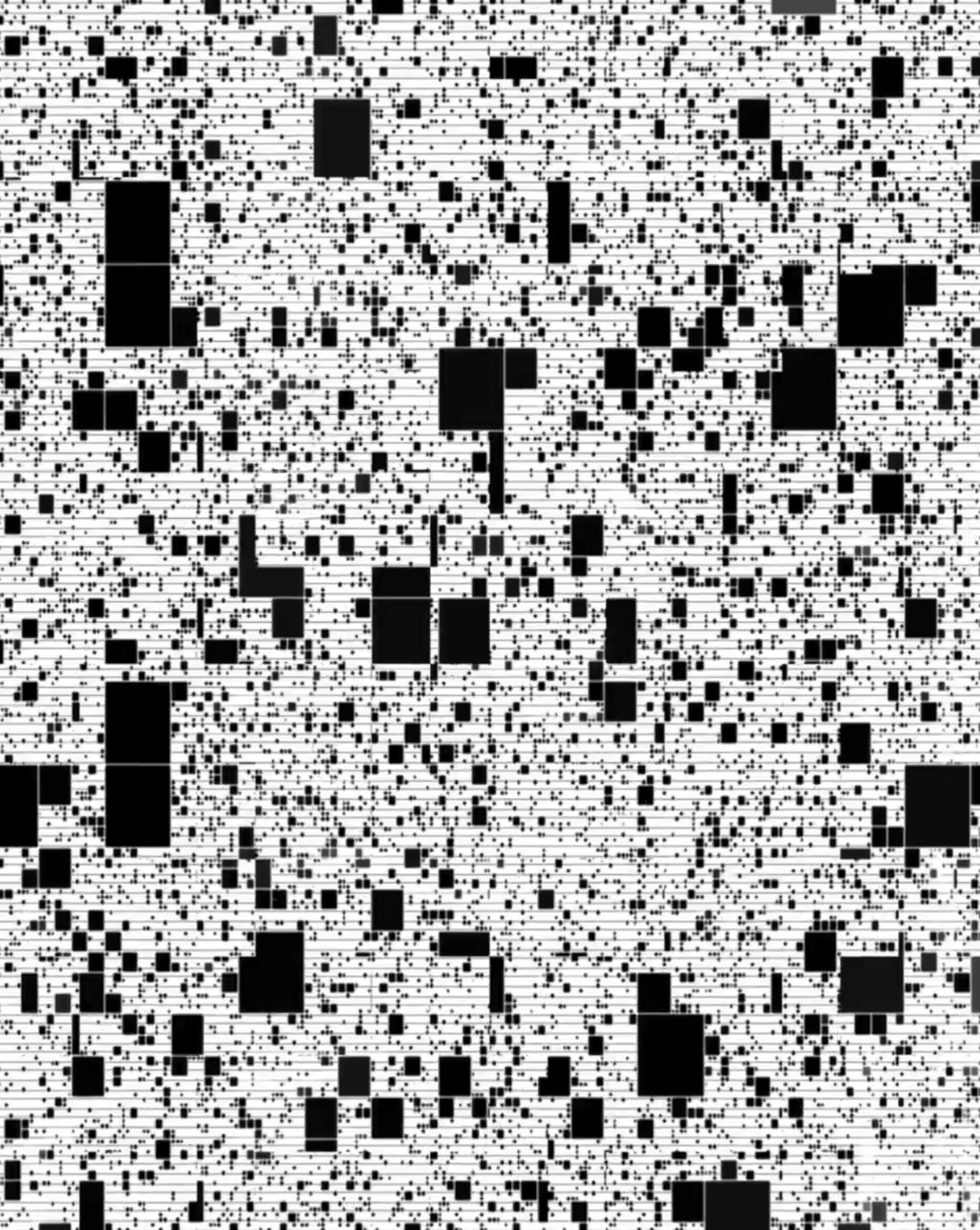
Once everything is set, your NFT is minted and you added a price tag to it, you may be wanting to sell it. Platforms rarely help you to do it, unless you fit in their agenda. Crypto collectors may surprise you, but surprises are called like this for a reason. You added a tiny bit of information to an ocean, now you have to bring it to the surface. Your gallery might help you, if you have a gallery and if it’s open to support you without a revenue. But in most of the cases, you have to rely on your own forces, on your own PR abilities. It turns out that most artists, even some of the best ones, are very bad at self promotion. That’s one of the reasons why an art system is ultimately useful: it might have many limits and biases, but when it works fairly, it may help good art to emerge despite the artist’s ineptitude at social relationships. That’s also why many NFTs don’t sell, or sell very badly. Actual data about unsold NFT sales are hard to find, but some data analysis conducted by Kimberley Parker over information scraped from the public APIs of OpenSea gives you an idea. Although, according to Parker, most NFTs sold at least once, (8) 67.6% of sales have not had a secondary sale. In primary sales, 33.6% were $100 or less, and 20.0% were $100-$200 – figures that sometimes may not even cover the gas fees.
With a few exceptions, the lucky ones who can set up a successful NFT market for their own work are those who have been part of the crypto community for quite a while, who bought Ether when it was cheaper, who have connections in the field that are open to support them, bidding to launch the auction or to raise their quotations. This is why the NFT market has been often explained as a traditional Ponzi scheme, where new investors are attracted – with promises that remain mostly unfulfilled – into the game in order to generate revenues for the early investors.
This interpretation is tempting, but as many theories about NFTs on both sides of the spectrum, it fails to capture the complexity of a phenomenon in which there’s still room for both financial speculation and utopia; that both mirrors – and sometimes increases – current inequalities yet sometimes proves to be able to generate more equity in terms of race, gender and geopolitics; that claims to be against established systems of power and intermediaries, yet places an unprecedented level of power and market control in the hands of marketplaces and collectors.
The Law of Code
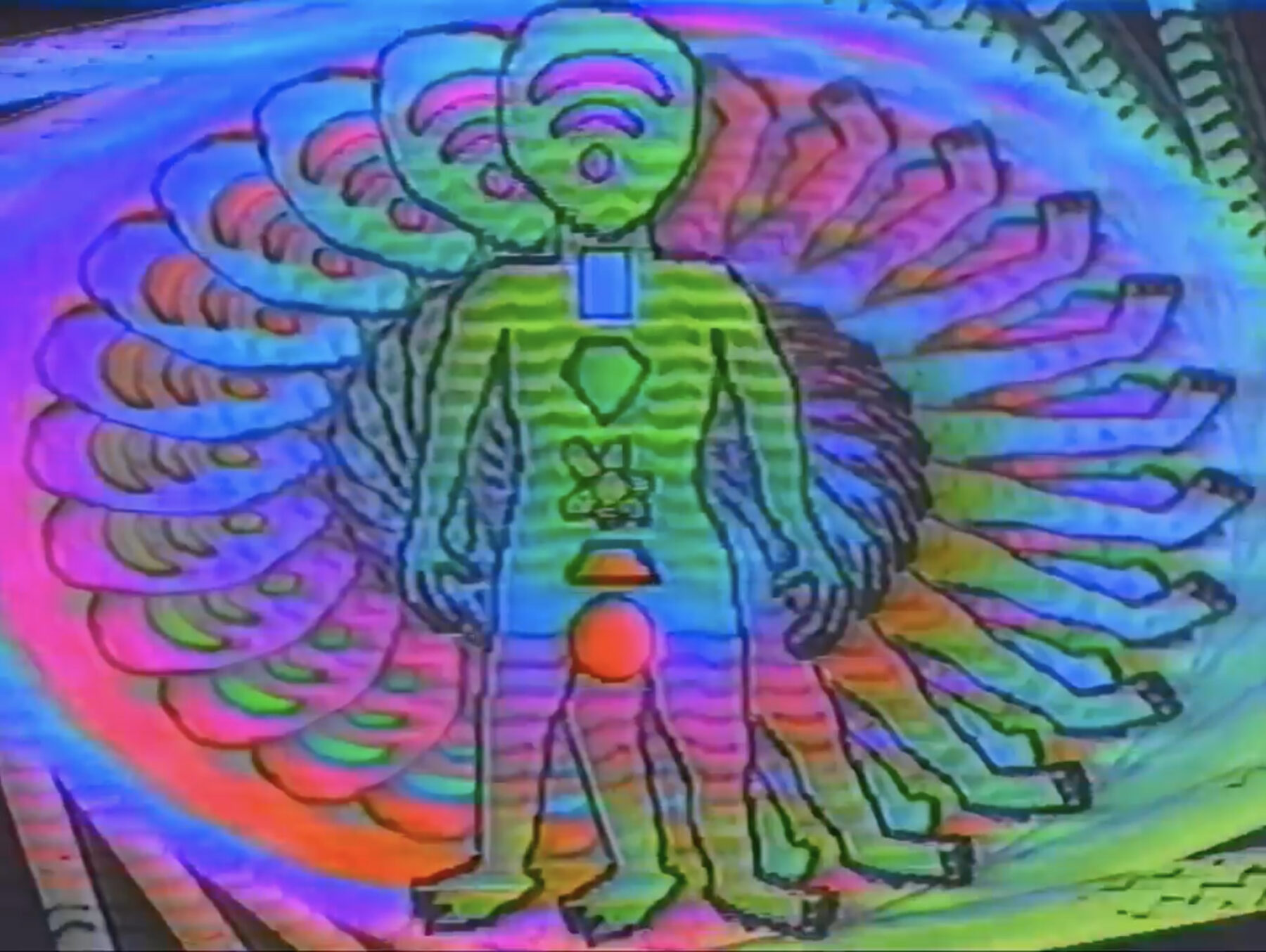
Back in 2008, pseudonymous cryptographer Satoshi Nakamoto conceptualized, and later implemented, the Bitcoin blockchain in order to remove any form of human intermediation from financial transactions, and any need for trust. The abstract of the Bitcoin’s white paper starts with these words: “A purely peer-to-peer version of electronic cash would allow online payments to be sent directly from one party to another without going through a financial institution.” (9) As Primavera De Filippi and Aaron Wright explain in their book Blockchain and the Law. The Rule of Code (2018), blockchains
“blend together several existing technologies, including peer-to-peer networks, public- private key cryptography, and consensus mechanisms, to create what can be thought of as a highly resilient and tamper-resistant database where people can store data in a transparent and nonrepudiable manner and engage in a variety of economic transactions pseudonymously.” (10)
As the database is distributed on each and every node of the network, and tamper would be technically and economically prohibitive, blockchains allow to run a financial system without the need of institutions, banks and bankers to generate value and safeguard exchanges. Introduced a few years later with the Ethereum blockchain, smart contracts further extend this fight against middlemen and trusted third parties to other categories such as notaries, accountants, lawyers, tribunals, governments and policy makers. Based on the idea that code is law – what De Filippi and Wright call “lex cryptographica” – blockchains generate an order without law, and often don’t comply with existing laws and regulations.
The idea of the end of the middleman was – and still is – at play along the NFT craze as well. NFTs have been described as a technology capable to turn useless any kind of third party usually involved in the process of selection, authentication, display, construction and validation of cultural and economic value in art: galleries, art critics, curators, institutions. Who needs a gallery when you can set up your store, decide your reserve price, and sell? Who needs curators and critics when collectors can bid on the art they like, and decide how much they are open to spend? Who needs an art world when outsiders with no museum shows, no reviews on magazines, no art pedigree can sell for millions to anybody who simply likes their work?
At all these levels, the promise of disintermediation is more a threat, or a mirage, than a reality. Cryptocurrencies didn’t destroy banks, finance and fiat currencies – they became high risk investment goods instead. Smart contracts may be a challenge for the law, but they are also opening up a space of intervention that might need to be both regulated from the outside and shaped from the inside. Working side by side with programmers, lawyers and experts could help translating the existing regulations to code, and work to make the law of code to better adapt to the code of law. As many noticed, developing smart contracts that could automatically implement artist’s rights on every sale could potentially solve long term problems that national and international regulations weren’t able to solve for decades. (11)
In the NFT market, middlemen and gatekeepers don’t disappear either: they are simply replaced by other gatekeepers, in a social structure that may be more horizontal, decentralized and informal than the elitist contemporary art world, but it’s not necessarily better. Where your power, authority and ability to act meaningfully depend not on the books you wrote, exhibition you curated, studies you made, institutions you worked for, but on how popular you are on social networks and how much money you have in your crypto wallet. Where gatekeeping is transferred in the hands of those who evaluate applications, who can invite you in or vote you out, and of those who can collect artworks and build galleries and museums on virtual land.
Meanwhile, thousands of artists are entrusting their works to start-ups that didn’t exist last year and that there’s no guarantee they will last for long; companies that don’t verify their identity and authorship, and that rarely promote their work. Some of these artists are at least making some bucks, most are just paying the gas fees and working for such companies.
How to Engage
In conclusion: blockchains and NFTs are opening up a whole new environment for contemporary, digital native art and for any kind of digital, and eventually physical, artefact. Their promises, in terms of disintermediation, community, control of ownership, freedom to exist in an open field with no limitations of gender, race, class and country of origin, are gorgeous; their reality, far from perfect. Refusing to engage would probably be a bad choice, also considering the fact that this environment is very likely to be a test ground or a first prototype of the internet that would be, like it or not. Choosing the right mode to engage is key.
Notes and references:
- 1. Tim Berners-Lee, in “This Changed Everything: Source Code for WWW x Tim Berners-Lee, an NFT”, Sotheby’s, 23 – 30 June 2021.
- 2. Berners-Lee had to defend himself from the accusation of selling the web, saying to The Guardian: “I’m not even selling the source code. I’m selling a picture that I made, with a Python programme that I wrote myself, of what the source code would look like if it was stuck on the wall and signed by me.” Berners-Lee compares the NFT to a book, a derivative work that doesn’t challenge the openness of his original creation. If this is obviously true, it would be naive to underestimate the symbolic implications of this gesture, at a moment in time in which the blockchain is promoted as the grounding technology of the future web. According to artist Ben Grosser: “To take a symbol for the ideals of the web and turn it into a financial investment instrument within cryptocurrency markets ignores the dramatic difference between what we hope the web could be and what big tech has turned it into.” Cf. Alex Hern, “Tim Berners-Lee defends auction of NFT representing web’s source code”, in The Guardian, June 23, 2021; and Jo Lawson-Tancred, “Tim Berners-Lee said the world wide web was for everyone, so why has he sold its source code as an NFT?”, in Apollo Magazine, June 29, 2021.
- 3. See “Beeple | The First 5000 Days”, Christie's, 25 February – 11 March 2021.
- 4. For a more elaborate discussion of the NFT craze in the framework of the relationship between art and blockchain, see Domenico Quaranta,* Surfing con Satoshi. Arte, blockchain e NFT*, Postmedia Books, Milano 2021 (Italian).
- 5. The hype cycle is a graphical presentation developed and used by the American research firm Gartner to represent the maturity, adoption, and social application of specific technologies. According to this model, after reaching the Peak of Inflated Expectations, a hyped technology usually goes through the Trough of Disillusionment before eventually slowly establishing itself and reaching mainstream adoption. See Wikipedia.
- 6. For a list of the main NFT marketplaces, see https://www.cryptowisser.com/nft-marketplaces/.
- 7. Quantum was sold as part of Natively Digital: A Curated NFT Sale, Sotheby's New York, 3 – 10 June 2021.
- 8. One shall consider that the data used by Parker refer to one single week during the NFT ‘gold rush’, from March 14 to March 24, 2021. See Kimberly Parker, “Most artists are not making money off NFTs and here are some graphs to prove it”, in Medium, April 19, 2021.
- 9. Satoshi Nakamoto, “Bitcoin: A Peer-to-Peer Electronic Cash System”, 2008.
- 10. Primavera De Filippi, Aaron Wright, Blockchain and the Law. The Rule of Code, Harvard University Press, Cambridge, Massachusetts 2018, p. 2.
- 11. See, for example, Charlotte Kent, “Artists Have Been Attempting to Secure Royalties on Their Work for More Than a Century. Blockchain Finally Offers Them a Breakthrough”, in Artnet News, April 7, 2021.
Images in the article:
-
Petra Cortright, Room, 2021. Room 45 47, 45 Layer PNG image. Courtesy the artist and Simco Drops, https://simcodrops.webflow.io/...
-
FRANCOISE GAMMA, Do we have soul with contour?, 2021. Animation, video. Courtesy the artist and Foundation, https://foundation.app/@francoisegamma/do-we-have-soul-with-contour-37947.
-
JOAN HEEMSKERK, Chameleon, 2021. Generative Video, 55/256 Minted. Courtesy the artist and Folia, https://www.folia.app/works/12.
-
HOLLY HERNDON (with MAT DRYHURST), Crossing the Interface (DAO) XIII, 2021. Animation, video. Courtesy the artist and Foundation, https://foundation.app/@hollyherndon/crossing-the-interface-dao-xiii-40471.
-
KAMILIA KARD, Judith + Holofernes, Blue, 2021. Animation, video. Courtesy the artist and Foundation, https://foundation.app/@kamiliakard/judith-holofernes-blue-48478.
-
LORNA MILLS, Door #7, 2020. Animated GIF, courtesy the artist and Roehrs & Boetsch, Zurich, https://rarible.com/roehrsboetsch.
-
ADDIE WAGENKNECHT, june 9 2021, 12:12am, 2021. Digital image, courtesy the artist and Foundation, https://foundation.app/@wheres...
-
ITZEL YARD, Dreaming at Dusk, 2021. Generative video, sold on Foundation for 500.00 ETH in a benefit auction supporting Tor Project. See https://foundation.app/@torproject/dreaming-at-dusk-35855.
-
SARAH ZUCKER, Self Transcending, 2021. Video, 2:01. Sold as part of the Sotheby's Auction Natively Digital: A Curated NFT Sale, 3 – 10 June, 2021